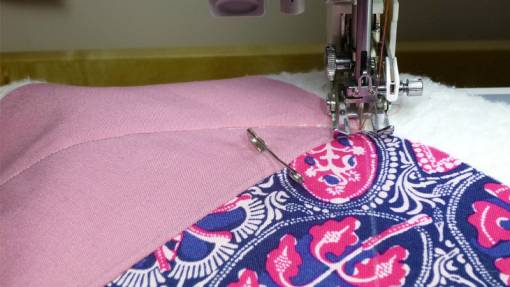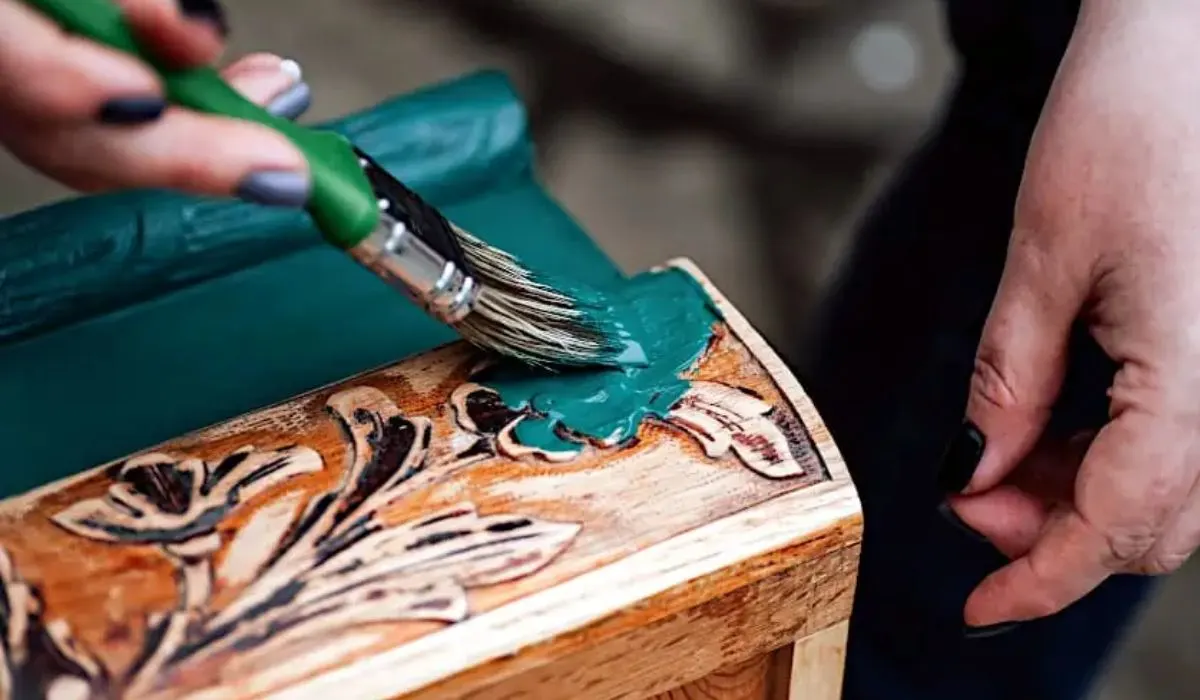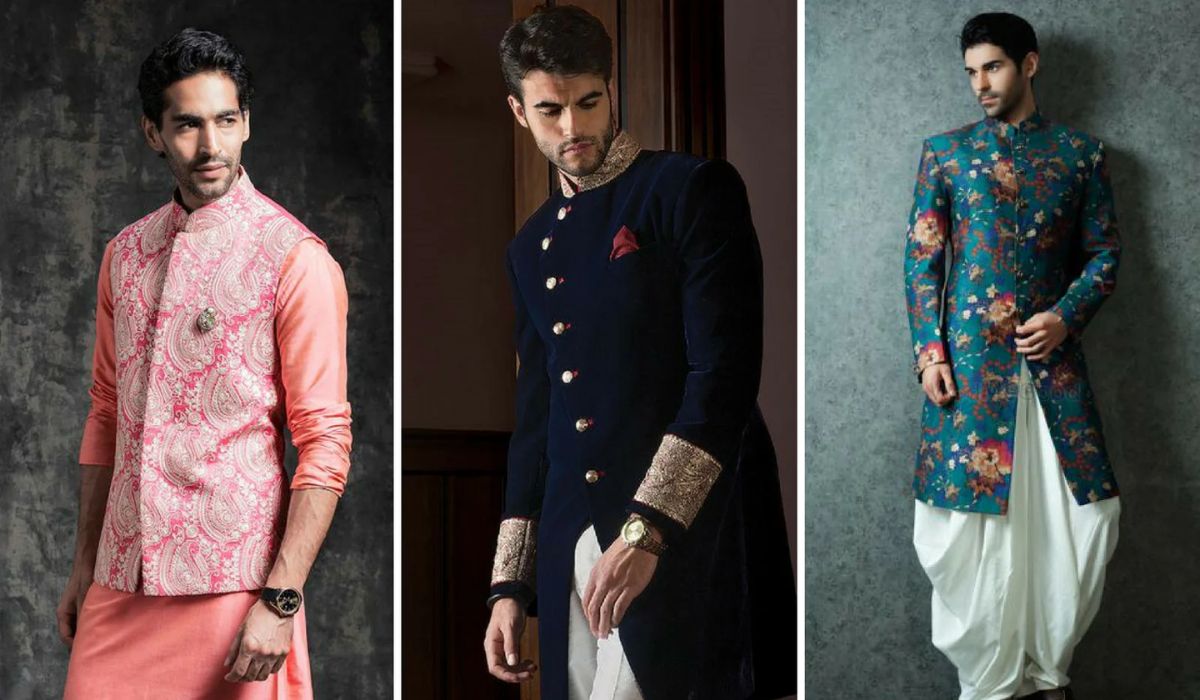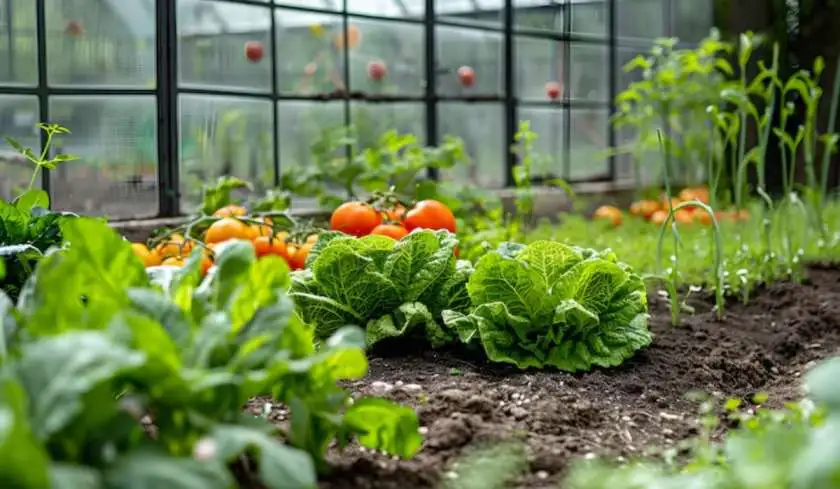In this placed up, we’ll find out the number one quilting techniques used to make blankets, dive into the history of quilting, have a look at cutting-edge-day enhancements, or perhaps touch on how quilting can feature a shape of storytelling and self-expression. Which Textile Technique Do Quilters Use To Craft Blankets?
Quilting is a favored fabric artwork that transforms functional blankets. But what exactly goes into growing a cover? Quilters use a aggregate of slicing, piecing, layering, and sewing strategies to create their masterpieces. Let’s find out the essential element fabric techniques quilters rely on to craft lovely blankets.
What Is Quilting?

Quilting is the method of sewing together three layers of fabric: the pinnacle layer, the batting (middle insulation layer), and the backing. The sewing can be finished through hand or by way of manner of device, and it’s this stitching—keeping the layers together—that defines quilting as a way.
Read Also: Causes of Missing Stitches on Embroidery Machine Design
The History Behind Quilting Techniques
Quilting has deep roots, dating lower again at the least to historical Egypt. Quilted clothes had been worn for heat and safety. The earliest surviving quilted blanket is the "Sicilian cover," made within the 14th century.
In the U.S., quilting flourished at some point of the 18th and nineteenth centuries, becoming mainly extremely good in the route of the westward growth and the Great Depression. Quilting bees delivered girls collectively to share exertions, memories, and harmony.
Each lifestyle has superior its very own techniques:
- Kantha (India): Simple on foot stitches at some point of layered saris.
- Sashiko (Japan): Geometric stitching on indigo fabric.
- Hawaiian quilting: Large appliqué floral motifs on stable backgrounds.
Modern Quilting Innovations
Today, quilters keep to innovate the usage of each technology and manner of life:
Digital Quilting
Computerized prolonged-arm machines allow for computerized sewing of complex patterns.
Art Quilts
These are designed to be hung on walls in choice to used as blankets, often incorporating dyeing, portray, and mixed media.
Sustainable Quilting
Upcycling clothes, the use of herbal dyes, and 0-waste techniques are trending within the eco-aware quilting community.
Beyond the Blanket: Quilting as Storytelling

Quilts have extended been a medium for storytelling, from coded messages inside the Underground Railroad to panels in the AIDS Memorial Quilt. Each fabric scrap, sew, and pattern tells a tale—of a person, a place, a reminiscence, or a message.
Quilters frequently consist of:
Meaningful material (infant garments, uniforms, and so on.)
Symbolic shades and patterns
Names, dates, or terms embroidered or quilted in
Whether crafting a baby blanket or a statement paintings cowl, quilters use fabric techniques as a language of affection, reminiscence, and identification.
Read Also: Modern Russian Attire From Peter In 1700s Clip Art
The Core Textile Techniques in Quilting

While "quilting" refers to the overarching approach, numerous material techniques are used within the device of crafting a quilted blanket:
1. Piecing (Patchwork)
One of the most recognizable strategies in quilting is piecing, moreover known as patchwork. This includes stitching small quantities of cloth—often in geometric shapes like squares, triangles, or hexagons—into a larger pattern.
Why Quilters Use Piecing:
- Versatility: It allows for complex designs, from conventional blocks to summary art.
- Sustainability: Historically, quilters used leftover cloth scraps, making piecing a frugal and inexperienced workout.
- Creativity: Piecing permits endless possibilities in color and shape combinations.
- Popular cover blocks much like the Log Cabin, Flying Geese, and Nine Patch are all products of piecing.
2. Appliqué
Appliqué includes stitching material shapes onto a bigger historic beyond material. Instead of assembling a sample from portions sewn region-to-aspect, quilters lessen out motifs (vegetation, animals, symbols, and so on.) and fasten them on pinnacle of a base cloth.
Why Quilters Use Appliqué:
- Detail: Appliqué permits for tough and curved designs which are tough with piecing.
- Embellishment: Often used for decorative functions, appliqué affords a layer of texture and intensity.
- Personal Expression: It's typically applied in storytelling quilts or memory quilts.
There are primary sorts of appliqué:
- Needle-turn appliqué: Done thru hand, turning the material edges below earlier than stitching.
- Fusible appliqué: Uses warm temperature-activated adhesives for a faster, extra current technique. Which Textile Technique Do Quilters Use To Craft Blankets?
3. Hand Quilting
Hand quilting is a traditional approach wherein the quilter sews through all three layers using a needle and thread, frequently with a running sew. This can be simplest sensible or distinctly ornamental.
Why Quilters Use Hand Quilting?
- Tradition: It connects quilters to ancient past and manner of existence.
- Artistry: Allows for sure and expressive sewing patterns.
- Texture: Creates a mild, natural texture that machines can’t pretty mirror.
- Hand-quilted blankets are prized for his or her craftsmanship and time-extensive beauty.
4. Machine Quilting
With the discovery of the sewing machine, quilting developed to embody gadget techniques. Machine quilting uses every a domestic stitching device or an extended-arm quilting gadget to stitch layers together.
Why Quilters Use Machine Quilting?
- Efficiency: It’s considerably quicker than hand quilting.
- Precision: Especially useful for geometric or linear styles.
- Durability: Machine stitching has a unethical to be more potent and longer-lasting.
- Many current quilters use gadget quilting for ordinary blankets or to complete huge projects brief.
5. Trapunto
Trapunto, or "filled quilting," is a method that includes together with greater padding to certain regions of the cover for a raised, dimensional effect.
Why Quilters Use Trapunto:
- Texture and Emphasis: Highlights particular motifs or regions in a duvet
- Luxury: Historically utilized in immoderate-prevent or heirloom quilts.
- Visual Interest: Adds sculptural remarkable to a blanket’s floor.
Trapunto may be finished with the aid of placing extra batting into stitched outlines or the usage of a 2d layer of batting for determined on additives.
Final Thoughts
So, which material approach do quilters use to craft blankets? The quick answer is quilting—however the long answer is a wealthy tapestry of techniques collectively with piecing, appliqué, hand and system quilting, and more. Each cowl is a completely unique combination of techniques, selected to suit the maker’s imaginative and prescient, functionality, and motive.
In a global an increasing number of dominated with the resource of mass manufacturing, quilting remains a celebration of human touch and creativity. Every stitch matters. Every choice of shade or material tells a tale. And each quilted blanket, whether or not or not easy or tough, domestic made or tool-assisted, holds the warmth of manner of life and the soul of the quilter who made it.
















